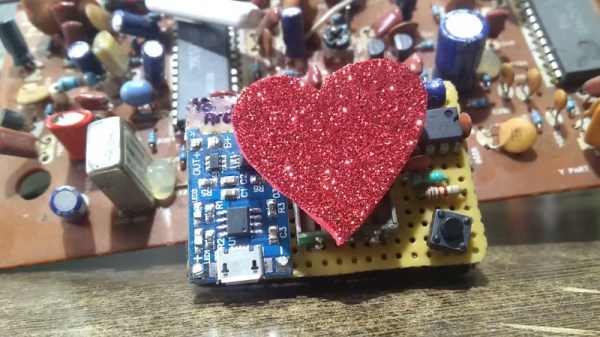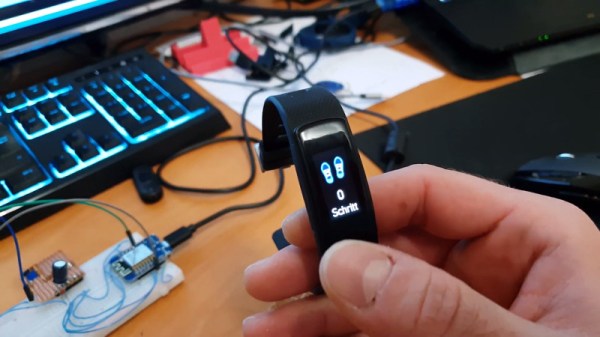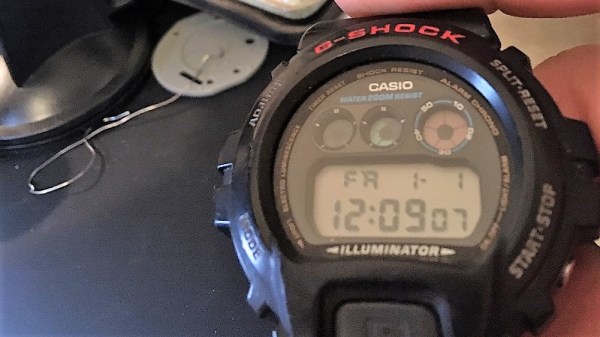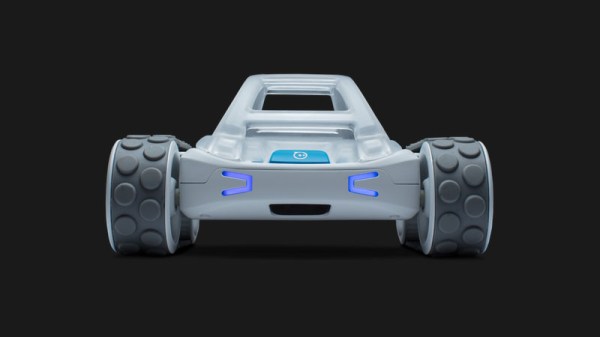The heart is an impressive piece of hardware. It’s a rare pump that runs continuously for over 80 years in some cases. It’s also, for some reason or other, become a common human symbol of love and affection. In this vein, [Deepak Khatri] has built a beating electronic heart out of basic, readily available components.
The heart of the build (pun intended) is a lens assembly salvaged from a CD player, which uses a coil and permanent magnet to move the lens in order to read across a disc. In this case, the coil is instead fed pulses from an astable multivibrator circuit built with a hacker favourite, the 555 timer IC. It’s all assembled on a breadboard, which is a great way to build such projects that rely on experimentation through the swapping of component values.
The end result is rather satisfying. [Deepak] has also experimented with an Arduino driven version with a slightly different rhythm.
We haven’t seen too many projects using optical drive lens assemblies, but we’re sure there must be other applications. If you end up using one to agitate biological samples or build an awesome laser projector, be sure to hit up the tips line. Video after the break.

















